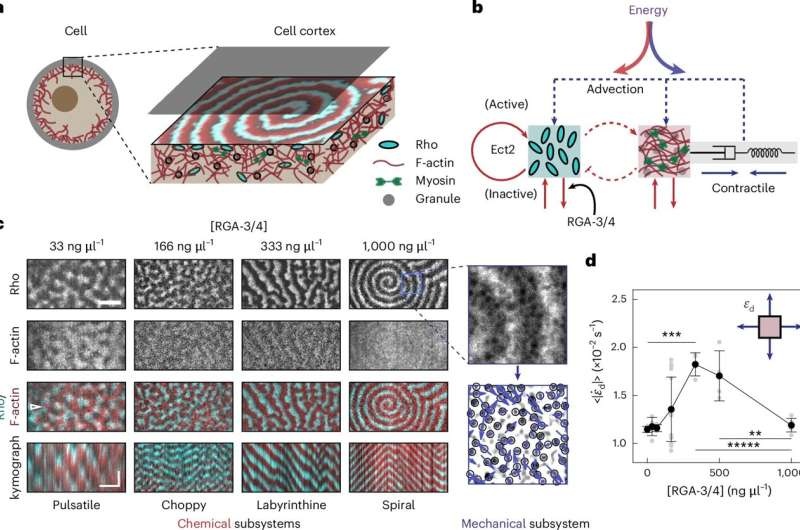Researchers at Yale have made a remarkable discovery, unveiling the thermodynamic principles that govern energy usage within our cells. This breakthrough sheds light on the intricate dance of energy patterns that power our body’s essential functions, from cell division to wound healing and immune response.

Cracking the Cell’s Energy code
Cells are the little engines that could when it comes to our bodies — they use energy to do all kinds of important stuff. To date, the specific reasons behind this use of energy have been unclear.
However, thanks to the critical work of scientists at the Yale Systems Biology Institute, we have a much more complete understanding of how energy flows within our cells. A team, led by Michael Murrell, associate professor in the Department of Biomedical Engineering and Physics at BSSE, has identified the thermodynamic constraints that dictate energy consumption and distribution in the cell’s plasma membrane and its underlying cytoskeleton.
Before our cells divide, they create unique “wave patterns” of protein – one pulsing like a heartbeat and the other swirling in what appears to be chaos, the researchers found. Quantification of the energy expenditure in mechanical/chemical waves established an ordered energetic system controlled by the position of a cell far from thermodynamic equilibrium.
The Divine Advantage: Anchoring Energy Waves
But instead of the researchers finding a messy energy system, they found one that was more ordered and structured than they would have thought initially. What the researchers see, is that the cells are in an ‘optimal advantageous state’ — a Goldilocks medium between the two wave types, which delivers sufficient energy to support necessary cell processes.
This discovery challenges what we thought was known about how energy is used in the cell, as well as about its relationship to important aspects of health and disease. The Yale team aims to gain new insights into how diseases spread — particularly cancers — by charting the elaborate relationship between energy waves and specific cell behaviors.
The researchers aim to use mathematical modeling and machine learning as a platform for probing more precisely these links and relations between energy wave patterns and cellular behaviors, enabling an understanding of the physics underlying cell energy dynamics essential to life.
Conclusion
The work by the Yale researchers helps to open this new area of energy dynamics at the cellular level. The revelation of the thermodynamic forces that drive energy consumption in cells is poised to advance fields as diverse as cell biology and genetics to disease therapy. This subtle deeper level of cellular function continues to be a mysterious dance that when unlocked, may open the door not only for us to better understand our own existence; and how nature can work at levels we never thought possible.
